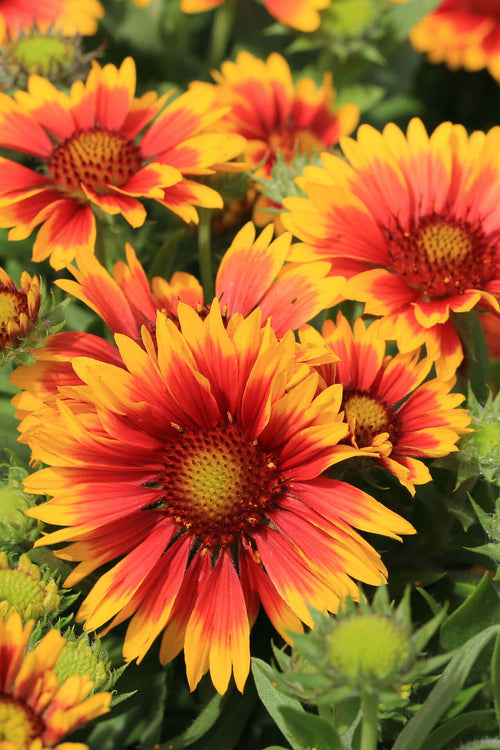Trimming bushes like the Blue Hydrangea is an art form, and there are many gardening and lawn care companies that specialize in crafting and pruning bushes.
Wealthy homeowners are known for hiring landscapers that craft bushes into beautiful works of art. For crafting and trimming bushes, all it requires are the standard pruning methods associated with any plant.
Trimming bushes not only keeps bushes trim and beautiful but also makes room for potentially new and thriving stems.
Trimming bushes should be done in the fall to bloom healthy flowers and produce lucrative stems during the summer. Trimming bushes should not be too thorny; all it requires are quick and light strokes. Be sure to leave at least half of the stem length when trimming bushes. Do not trim any main branches. If a stem or branch is too hard to cut, you cut instead of trimming. Think of trimming bushes as trimming human hair.
You’ll need gardening shears that are large for a quicker clipping experience. You can find gardening shears at your local hardware or nursery store. Make sure the blade is not too dull, and if it is dull, sharpen the blade with wet sandstone. Ensure the blade is not rusty to prevent a disease from spreading to your plants. After trimming bushes, clean the blade to wipe away any microbes or plant residue. Using a dirty blade the next day can foster bacteria growth, harming your bushes. Always wear gloves, especially around thorny stems. You may want to consider wearing long sleeves if your skin is allergic to any plant residue. When trimming bushes, always start at the center and work your way around the bush to maintain proper form. Always wear sunscreen if gardening during the day, and if wanting to avoid harsh UV rays, then begin trimming in the morning.
Source of Information on Trimming Bushes
https://www.tnnursery.net



















































